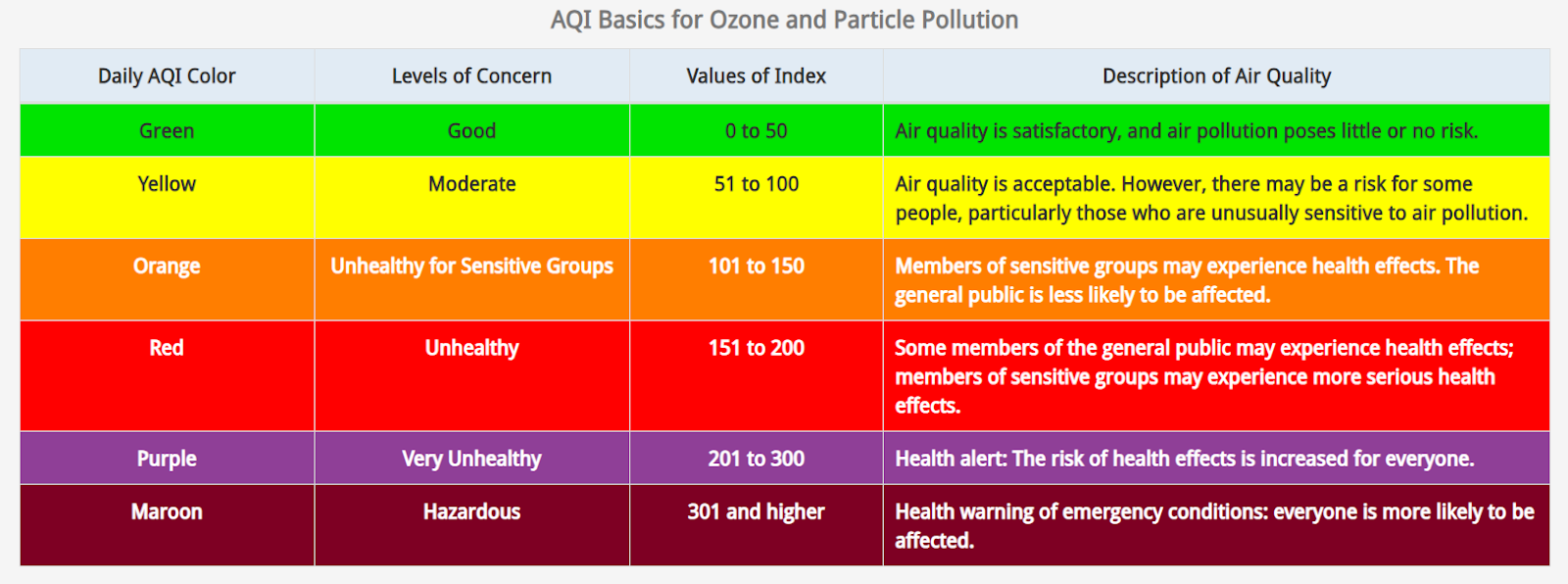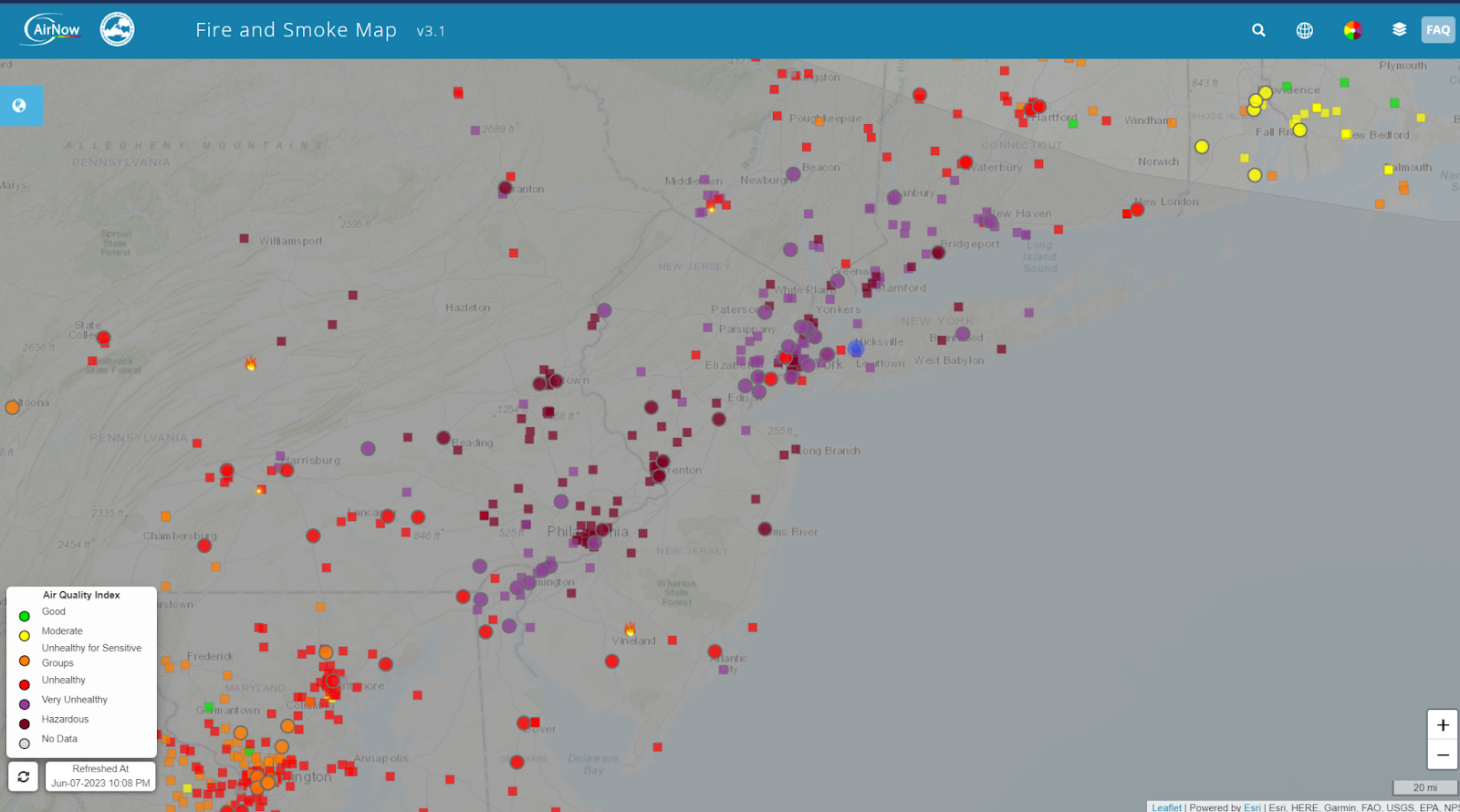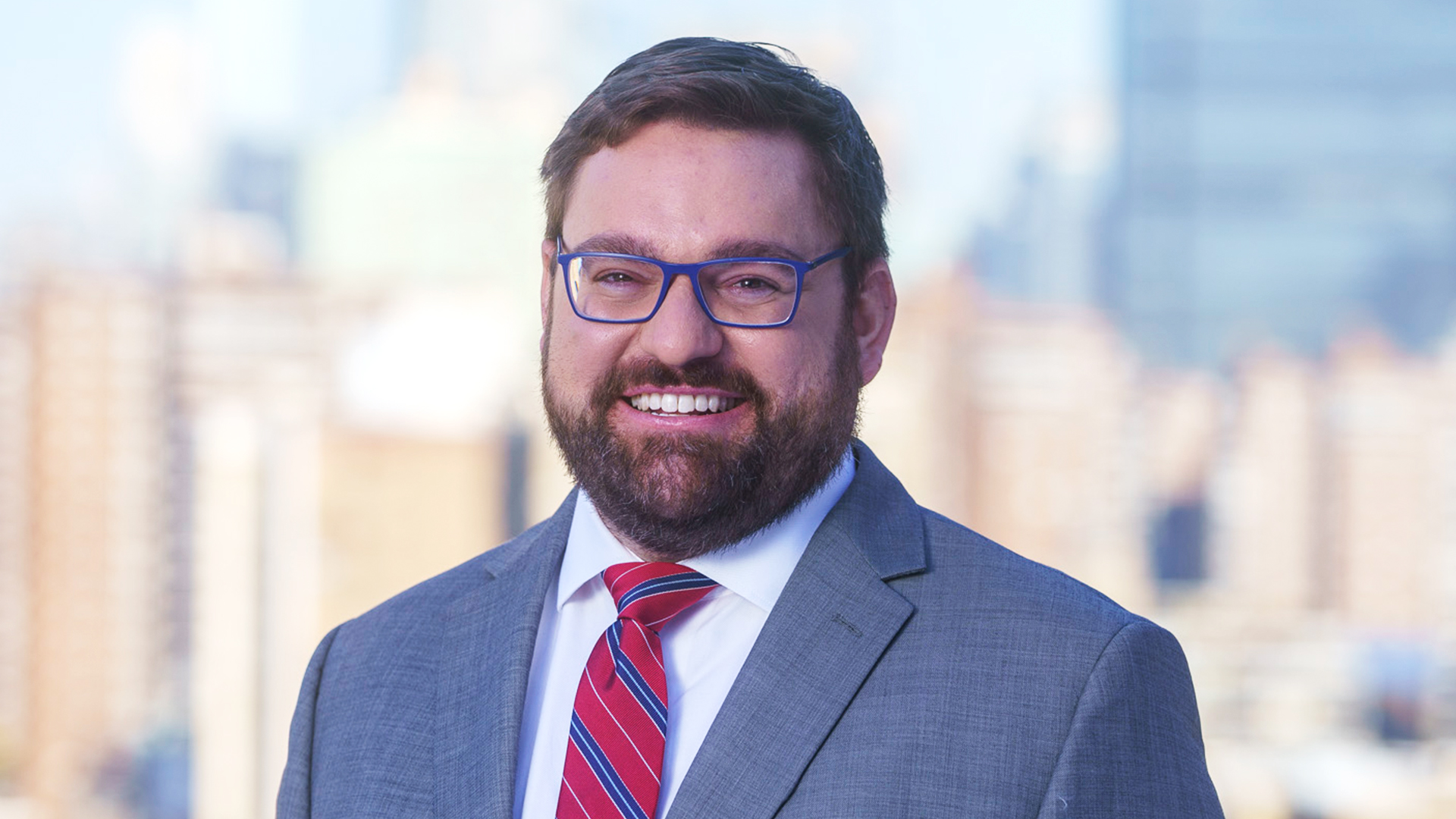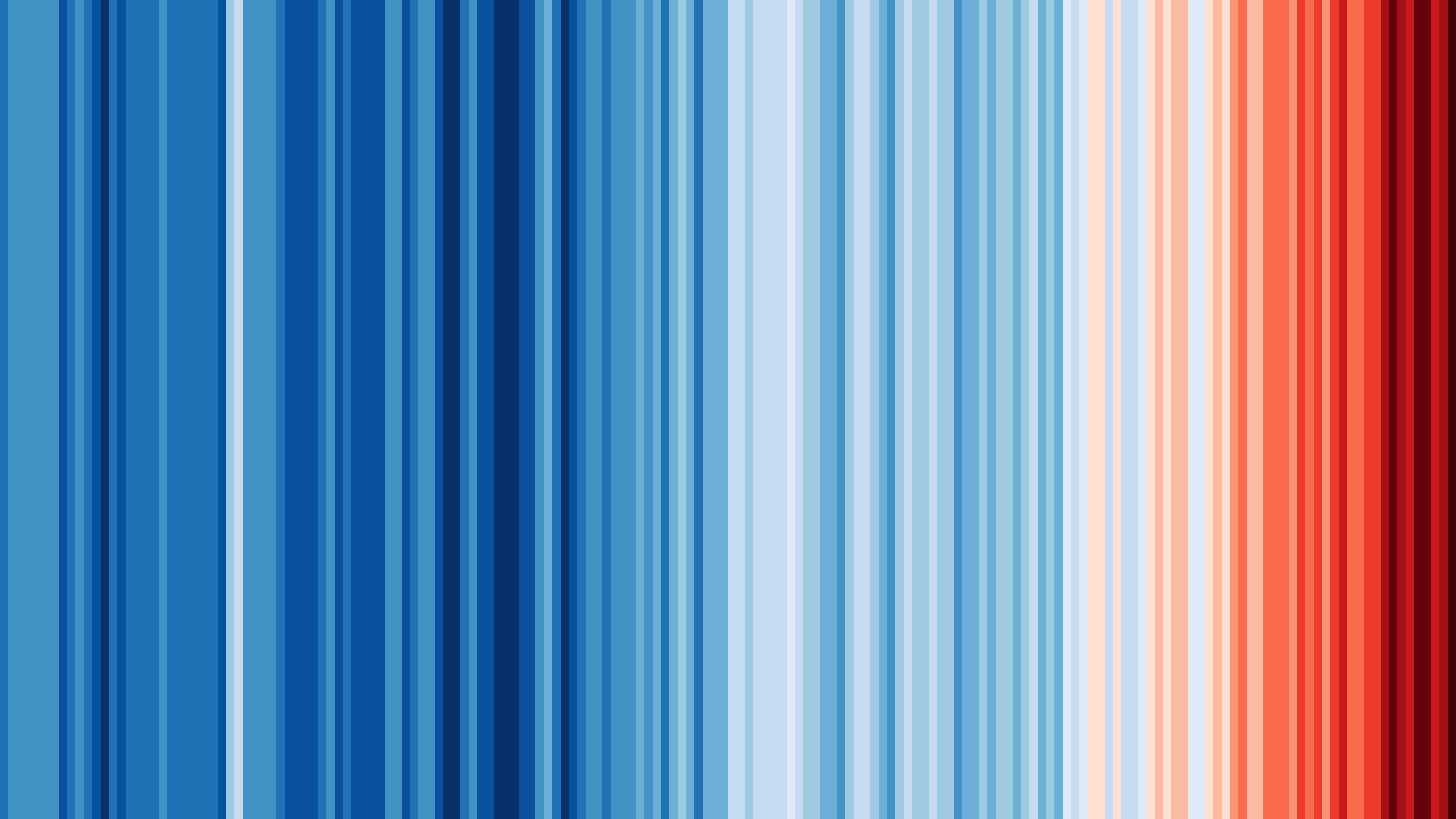

Worst air quality in the world: wildfire smog smothers New York
On the morning of Tuesday, 6 June 2023, there was a noticeable haze to the air in New York City. Unlike the humid and sultry summer mornings that New Yorkers are used to during the summer months, the weather had been notably drier over the last few weeks in the region. The forecast called for more dry, low humidity weather this Tuesday morning, but something was different. The Air Quality Index (AQI) was already in the orange, or “unhealthy for sensitive groups” category. An alert flashed on the home screen of mobile phones with this information.

© AirNow
New Yorkers are very familiar with these types of Air Quality alerts, usually due to ozone in the summer months. As stagnant air, sometimes coupled with an inversion, keeps vehicle emissions close to the ground, the strong UV light at 40 °N (New York City’s latitude) creates the secondary pollutant: ground ozone. Electronic highway signs urge commuters to take mass transit, and those with respiratory issues know to take it easy. Typically, the diurnal cycle clears the air from day to night, keeping the AQI below 150, when pollution is at its worst.
But Tuesday’s scenario was very different, and high-resolution weather modeling had a very poor air quality forecast for the next day, Wednesday. Local news outlets were animating the latest graphics, showing the dense smoke plumes forecast for the next day. It was hard to communicate how bad the air would be without any recent equivalent event to compare it to. New Yorkers wouldn't know how bad that air quality would be until they saw it for themselves.
A unique weather scenario, with an upper level low pressure spinning over Nova Scotia, forced the upper level winds to blow smoke from the Canadian wildfires directly to New York and Washington DC. The subsidence over the Mid-Atlantic region (Upstate New York, Pennsylvania, etc) caused the smoke to mix down to the ground level, blanketing the entire metro area with a hazy sky by Tuesday afternoon. 48-hour high resolution smoke modeling from NOAA showed that another dense plume was expected for Wednesday.

© NOAA
The Wednesday morning air quality was bad. The day began in the “red” with AQIs in the 151-200 range. An AQI in that range has only occurred a handful of times in the last few decades in the city. Still, New Yorkers tried to continue with their daily routine activities. By late Wednesday morning, the grey blob as seen from the ABI visible band on GOES satellite, showed the highest concentration of smoke flowing across Lake Ontario, Upstate New York and into the City region. Shortly after, the skies went dark over the city by 2pm, and air quality continued to worsen through the evening.

@ AirNow
The AQI was above 480 on Wednesday evening in NYC, technically off the chart. NYC’s air quality was quickly compared to large cities in India and China known for their chronic pollution. At that point, New York City had the worst air quality in the world. The pollution was bad enough to cancel outdoor after-school activities for the 1.1 million students in the largest public school system in the country, and prompt a shift to remote learning for the following days.
The historic wildfire smoke outbreak across Northeast and Central Canada has escalated even further today with AQI eclipsing 300 (hazardous levels) in New York City, Syracuse, and Ottawa.
— Colin McCarthy (@US_Stormwatch) June 7, 2023
Smoke has become so dense in NYC that visibility has dropped below 1 mile in Central Park. pic.twitter.com/UTSpqEnWL2
During the peak of the most concentrated smoke, it hurt to stand outside for more than five minutes as even healthy individuals complained of burning eyes and coughing fits due to the toxicity of the air. The local authorities recommended to close windows, and set air conditioners to recirculate or ideally use a HEPA-rated air filter indoors, which caused a run at the stores for air purifiers, much like when an impending snow storm causes stores to sell out of snowblowers.

© AirNow
Ironically, one thing that most New Yorkers already had, quite literally in their back pocket, was an N95, KN95 or FFP3 mask (thanks to COVID-19). It was just the right tool to help anyone breathe easier. While some organisations were quick to cancel outdoor plans and activities through the weekend, the winds shifted by Friday morning, and the dark orange skies that were seen across the region returned to a cobalt blue. Even the whiffs of smoke forecast to pass by the region in the following days, aren’t expected to reach ground level.
What a difference 48 hours can make! From disappearing in an apocalyptic-looking glow to beautiful blue skies, the New York City skyline has seen it all this week. pic.twitter.com/J7cDkiGLXD
— EarthCam (@EarthCam) June 9, 2023
Clear air is something that New Yorkers tend to take for granted, since the AQI is typically below 50 most days of the year. This week’s smoke events have created an awareness for air quality and how it affects healthy living.

© AirNow
About the Author
Mike Favetta is a board-certified meteorologist and the co-founder of Climate Without Borders.
He graduated Kean University with honors with a BS in Earth Science, Meteorology where he also teaches intro to meteorology as an adjunct professor. Lectures include meteorology, climate change, extreme weather and air pollution. On those topics, he has been invited as keynote speaker to conferences hosted by the United Nations in Belgium and Taiwan.
Mike worked as a broadcast meteorologist at News 12 Networks where he earned 2 Emmy Awards and 8 nominations in six years. He founded WeatherPrep, a meteorological consulting firm based in New Jersey that has worked dozens of legal cases providing expert witness testimony for weather-related personal injury lawsuits. Since 2010, he has been the Chief Meteorologist of the New York City Marathon, and consults with production companies for large-scale event weather safety.
He is one of only a dozen or so meteorologists in the world to have earned both the Certified Broadcast Meteorologist seal as well as the highly coveted Certified Consulting Meteorologist seal from the American Meteorological Society. In a highly publicised career shift, Mike resigned from his TV job in 2017 and moved to Milan, Italy, where he formed partnerships in climate change risk assessment and mitigation. He repatriated to the United States due to the pandemic in 2019, and presently makes regular appearances on air at News 12, New York 1 News and NJ on Air as meteorologist.
Mike is the author of multiple peer-reviewed publications, and conference presentations have been delivered in both his native tongue and Italian. He was appointed to the Board of Directors of the International Association of Broadcast Meteorologists. In his spare time, he enjoys cooking, traveling and gardening with his fiancee Stephanie, and puppy Rocco.





